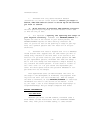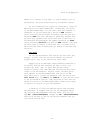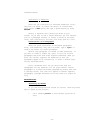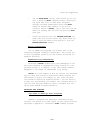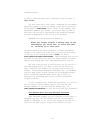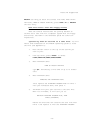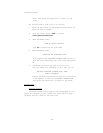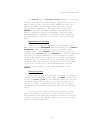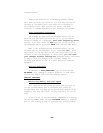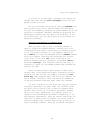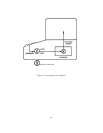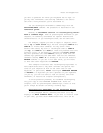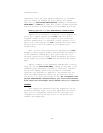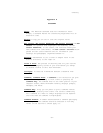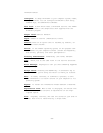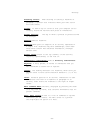
ThinkTank Manual
Imagine the selection as an extremely flexible rubber
band. When you start the selection, you tack down one end of
the band at the anchor point. The other end is attached to
the flashing cursor. When you move the cursor, the band
stretches or relaxes depending on your direction of movement.
Save Paragraphs Frequently
The changes you make with the paragraph editor are not
saved on your data disk until you say so. If you are making
extensive changes to a paragraph, save them frequently while
editing. To do this, press the ESC key from the Top Level of
the paragraph editor and select SAVE from the EDIT EXIT Menu.
When it has finished saving, ThinkTank asks if you are
finished editing the paragraph. If you respond N (NO), Think—
Tank returns to the Top Level of the text editor where you can
continue to edit the paragraph. In other words, you can save
your changes without leaving the paragraph editor. This makes
it easy to save your changes often. Periodic saving will
minimize your losses in case of a power failure or computer
breakdown.
Editing Headlines
In addition to EDIT/HEADLINE, you can also use the
RE—ENTER (“;“) command to retype a headline. In some cases
this is even easier than using the headline editor.
SPECIAL FEATURES
Monitoring Memory and Disk Space
Your computer has two places to store your outlines: in
its own internal memory and on your data disk. These two
storage areas have the capacity to record large amounts of in—
formation, but they are finite. You may eventually run out of
room.
If you run out of internal memory, ThinkTank will display
the message MEMORY FULL! Use the COLLAPSE command to compress
part of your outline so that it consumes less internal memory.
—82—



